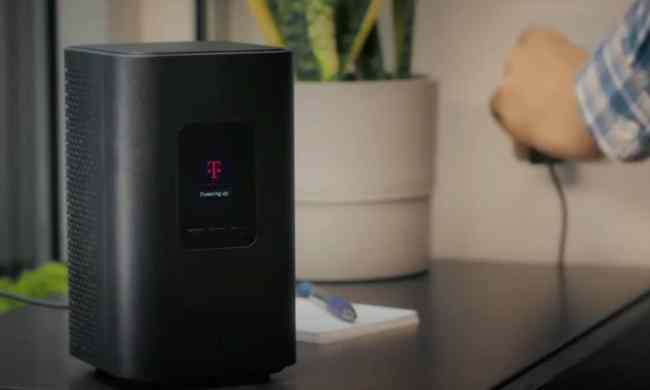Qualcomm will not be providing the new Snapdragon 865 processor with a standalone 4G modem option, and has stated the chip comes only as a package with the second-generation X55 5G modem. This means that next year, if you want to buy a flagship smartphone with Qualcomm’s top processor inside, it will be “5G ready.”
The news comes from The Verge, which states the Snapdragon 865 will be “an exclusive for 5G phones, and require the X55 modem.” It appears there is no option to pair the Snapdragon 865 with a 4G-only Qualcomm modem. Unlike the Snapdragon 765, which has an integrated 5G modem, the Snapdragon 865 has a modular design and must be paired with a separate modem. In this case, it’s the revised Qualcomm X55.
If the reports are accurate, and there isn’t a solely 4G version of the Snapdragon 865 processor, the decision could affect how people decide to spend their smartphone money in 2020. This year, almost all major flagship phones used the Snapdragon 855, from the Samsung Galaxy S10, OnePlus 7T, and the Pixel 4, to the Xiaomi Mi 9 and the Realme X2 Pro. In other words, phones at all price points over the year.
Although we won’t know specifics until Snapdragon 865 5G phones are announced, 5G devices so far have carried a higher price than their 4G equivalents, potentially making phones with this chip and modem combination even more expensive than their 2019 4G counterparts. It also raises questions on how carriers will sell these phones. While Snapdragon 865-equipped phones will connect to 4G, carriers may decide to disable the 5G feature, only offer it with 5G fees, or offer different 4G and 5G plans for the same device, introducing unnecessary confusion and complexity to the buying process.
By forcing 5G into flagship phones, Qualcomm will artificially increase 5G adoption due to our thirst for the latest hardware; but only a select group of people have access to a 5G signal, and therefore many will potentially pay more per month, and more for a new phone, for a service they cannot use. That’s before any impact on the phone’s battery performance has been taken into consideration.
Qualcomm has announced the Snapdragon 865 and Snapdragon 765 processors already, and will share more details on them throughout its Tech Summit event, currently taking place in Hawaii. Confirmation on the situation will come during this time.



